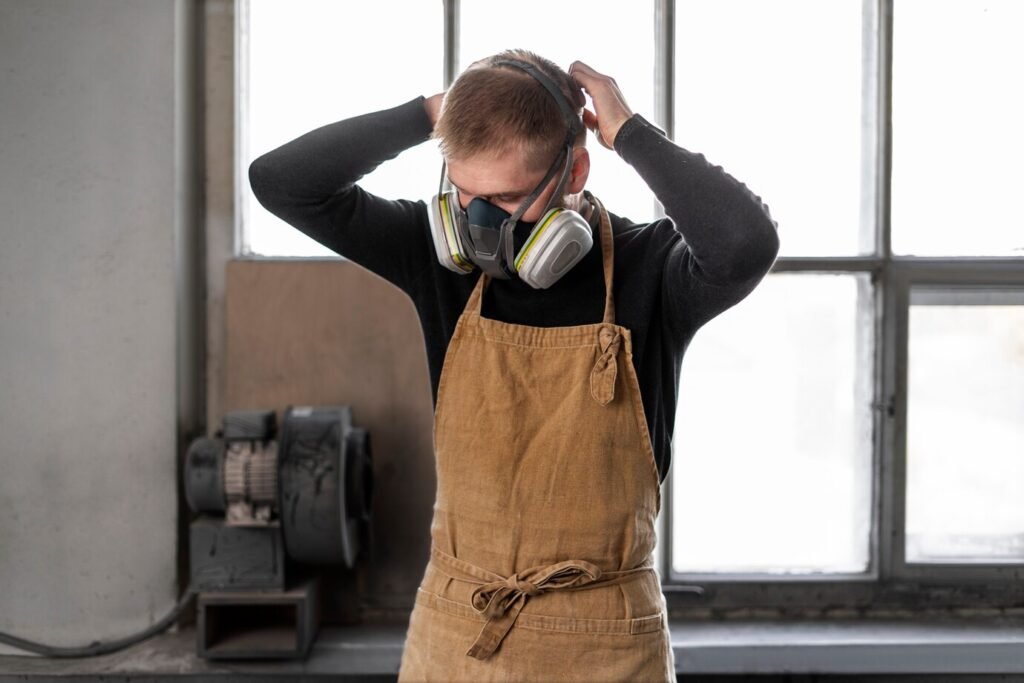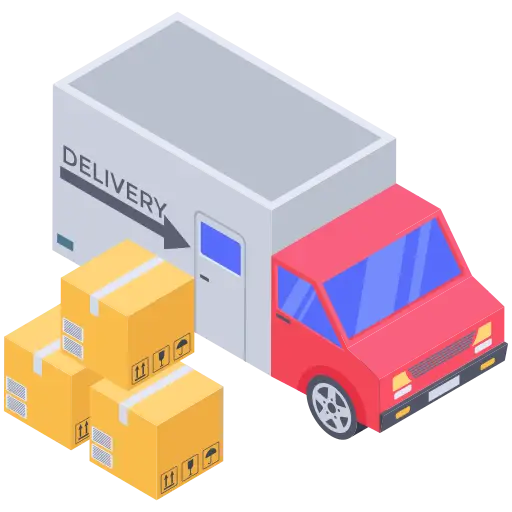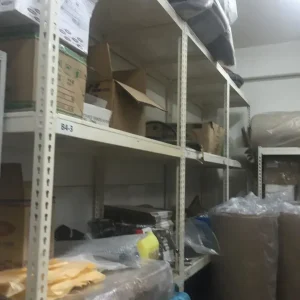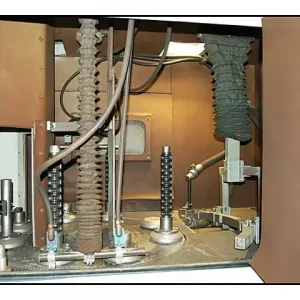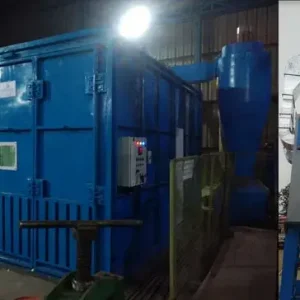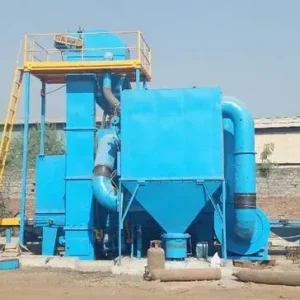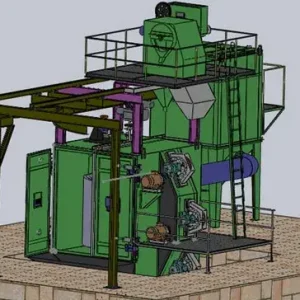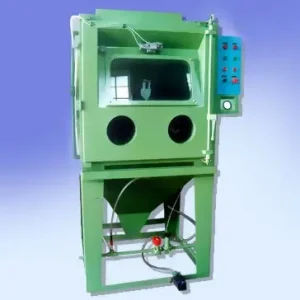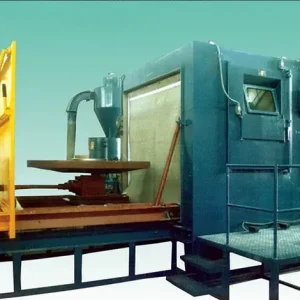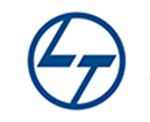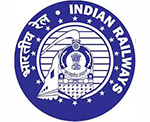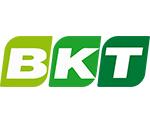Portable sand blasters are powerful and versatile tools used across industries for cleaning, surface preparation, and rust removal. However, improper use can lead to inefficient results, equipment damage, or even safety hazards. Whether you’re a seasoned operator or a beginner, understanding the most common mistakes can help you extend your machine’s life and get the best outcomes from every job.
Here’s a guide to the common mistakes to avoid while using portable sand blasters—and how to prevent them.
1. Using the Wrong Abrasive Material
Not all abrasives are created equal. Choosing the wrong abrasive for the material you’re blasting can lead to poor performance or damage.
- Avoid: Using hard abrasives on soft surfaces like aluminum or delicate parts.
- Tip: Always match the abrasive to the surface and the desired finish. For instance, use glass beads for smooth finishes and aluminum oxide for heavy-duty cleaning.
2. Neglecting Personal Protective Equipment (PPE)
Sand blasting generates dust and airborne particles that can be hazardous if inhaled or if they come in contact with skin or eyes.
- Avoid: Operating the machine without proper safety gear.
- Tip: Wear abrasion-resistant gloves, a helmet with a face shield, protective clothing, and a proper respirator at all times.
3. Improper Nozzle Handling
The nozzle is one of the most important parts of the sand blaster. Poor control or incorrect distance can lead to uneven surfaces or inefficient blasting.
- Avoid: Holding the nozzle too close or too far from the surface.
- Tip: Maintain a consistent angle (typically 45 degrees) and distance (6–12 inches) to ensure an even finish.
4. Skipping Maintenance Checks
Just like any industrial machine, portable sand blasters need regular maintenance to operate efficiently and safely.
- Avoid: Running the machine without checking for wear, leaks, or clogs.
- Tip: Inspect hoses, nozzles, valves, and filters regularly. Clean the tank and replace worn-out parts promptly.
5. Overlooking Moisture Control
Moisture in the air supply can cause clumping of the abrasive material, leading to clogging and inconsistent blasting.
- Avoid: Using the machine without a moisture separator.
- Tip: Install a moisture trap or air dryer in your setup and drain your compressor regularly.
6. Incorrect Pressure Settings
Too much or too little air pressure can affect performance and surface quality.
Applications of Blast Rooms in the Railways and Defense Sector
5 Things to Consider Before Buying a Shot Blasting Machine
Role of Shot Blasting in Surface Peening & Fatigue Life Improvement
- Avoid: Operating at random or extreme pressures.
- Tip: Adjust the pressure based on the surface type and abrasive being used. Always refer to the manufacturer’s guidelines.
7. Ignoring the Work Environment
Blasting in an unsuitable or unsafe environment can lead to poor results and health risks.
- Avoid: Blasting in enclosed, unventilated spaces or near flammable materials.
- Tip: Work in well-ventilated, dust-controlled areas, and always secure the blasting zone to keep bystanders safe.
Final Thoughts
Portable sand blasters offer convenience and efficiency—but only when used correctly. By avoiding these common mistakes and following proper usage and safety guidelines, you’ll not only get better results but also extend the lifespan of your equipment.
Looking for reliable and user-friendly portable sand blasting machines?
📞 +91 98290 23727
📧 sales@aerowheel.co
🌐 Visit Website
Aerowheel Surface Finishing – Quality you can trust, performance you can rely on.

